Serendip is an independent site partnering with faculty at multiple colleges and universities around the world. Happy exploring!
NOT so alone on the friendship bench (Week Four)

To see a wren in a bush, call it 'wren,' and go on walking is to have (self-importantly) seen nothing. To see a bird and stop, watch, feel, forget yourself for a moment, be in the bushy shadows, maybe then feel 'wren'--that is to have joined in a larger moment with the world" (Gary Snyder, "Language Goes Two Ways").
So this week I wanted to try and inhabit language in the ways Snyder invites us to, to try and see nature as a process, “continually actualizing,” to try and recognize the “autonomy and integrity of the non-human part of the world….” I went into the woods looking for the sorts of things he foregrounds: “insatiable appetite,” the “irrational,” the “decay side, putrefaction”….and of course (this was entirely over-determined!) what I found was the graveyard in the woods behind the friendship bench.
 |
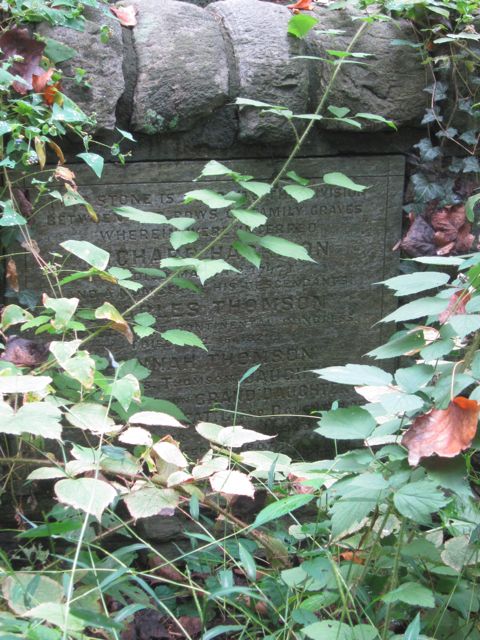 |
At first, it just looked like weeds, walled off.
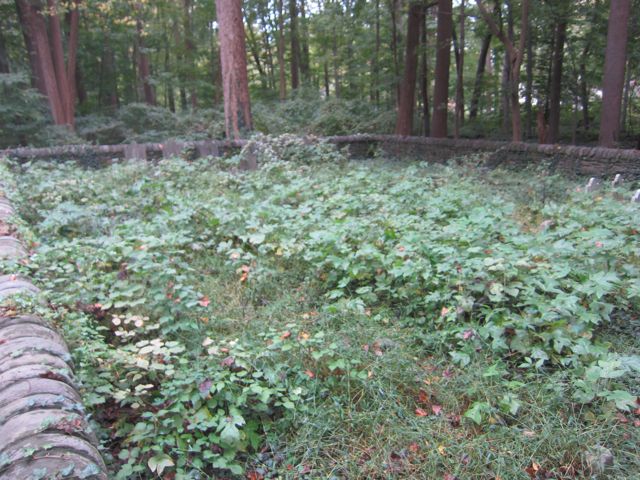 |
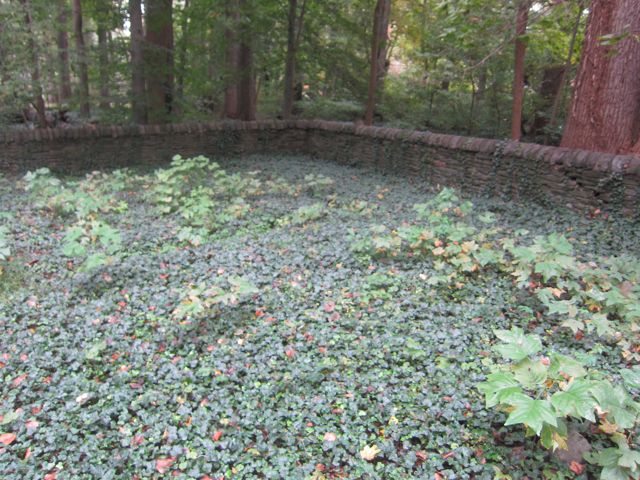 |
Closer up, it was clear that there was something else going on...
 |
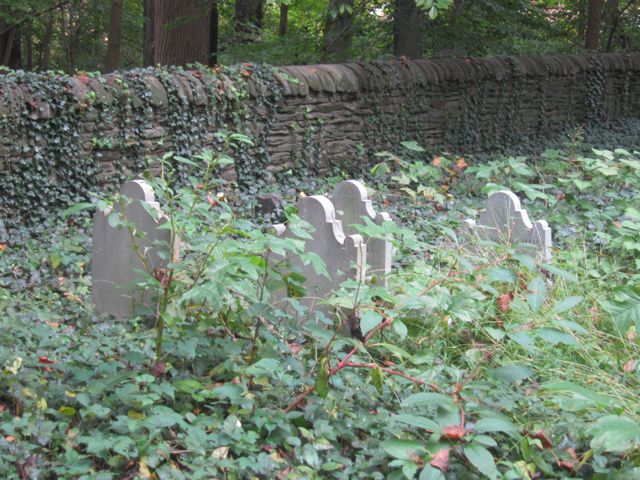 |
I have been here before, often; in fact, this is the site of my favorite gravestone in the WORLD:
a double stone, commemorating Thomas and Margaret, who “lived together companionably in
the married state for more than half a century.”
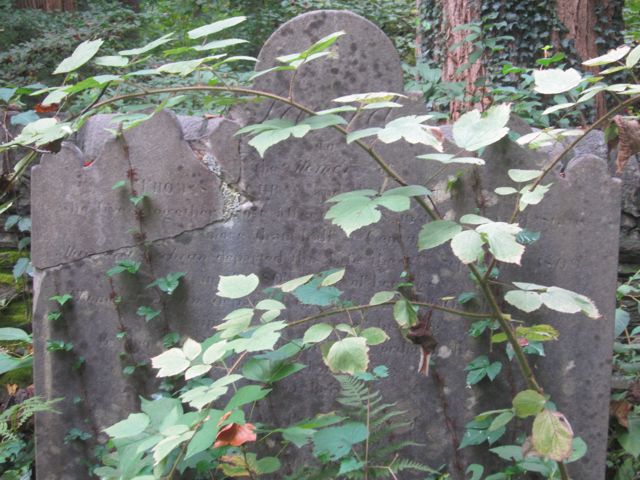
But what struck me on this revisiting—in light of my Snyderesque search for the “decay side, putrefaction"--
is how much humans try to resist this, try to preserve what is gone…
and how much nature keeps trying to take it back, take over…
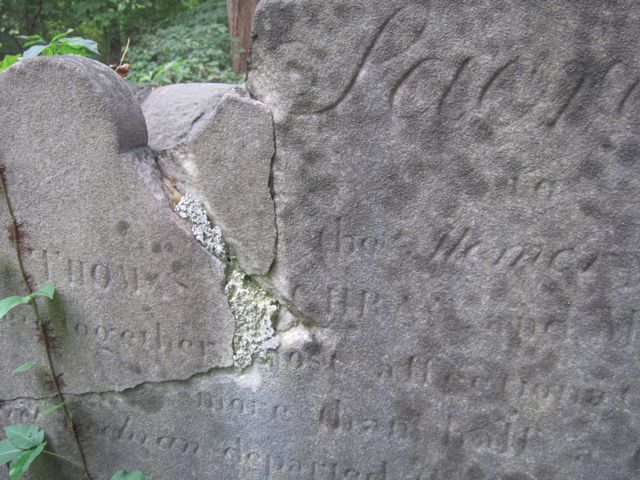 |
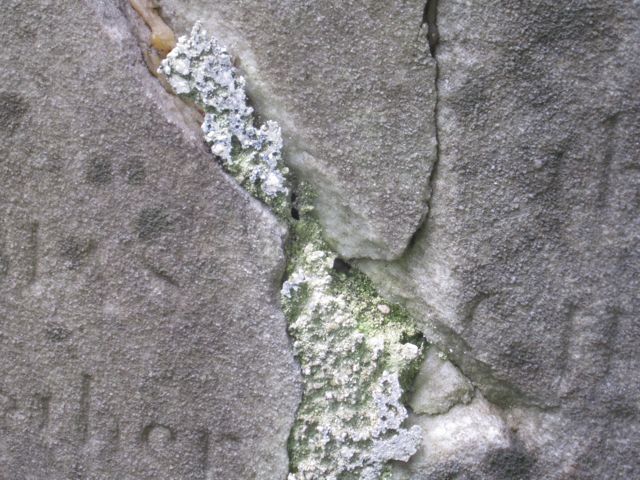 |
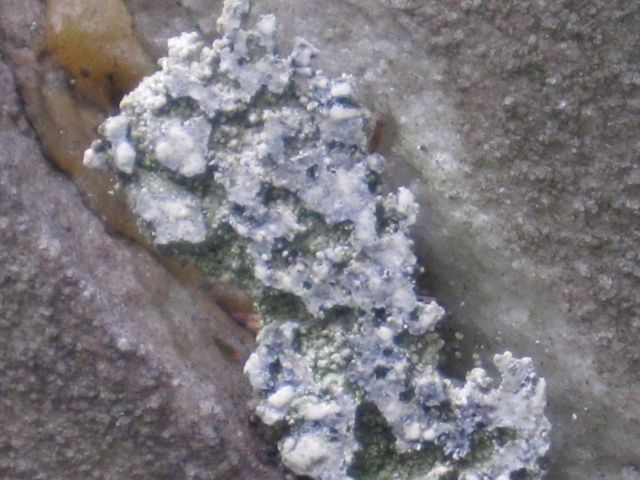 |
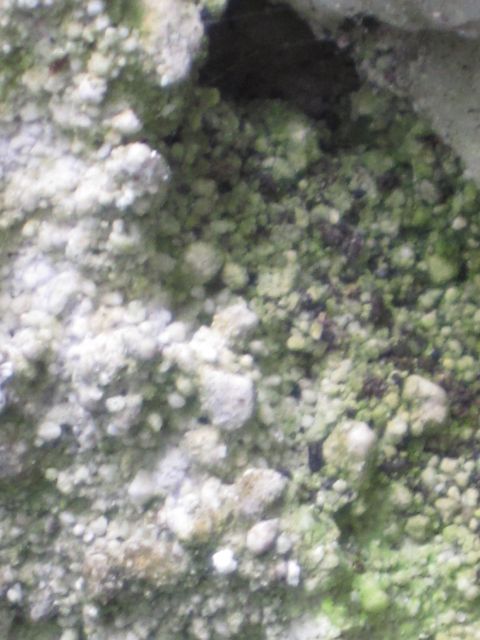 |
Snyder says that “wildness confers freedom: the ability to live in the real physical daily world @ each moment, totally and completely.” Gravestones are working against this, I think, doing something else entirely, trying to preserve….what?
En route, going to and from these stones, I noticed much else dying around and about me…

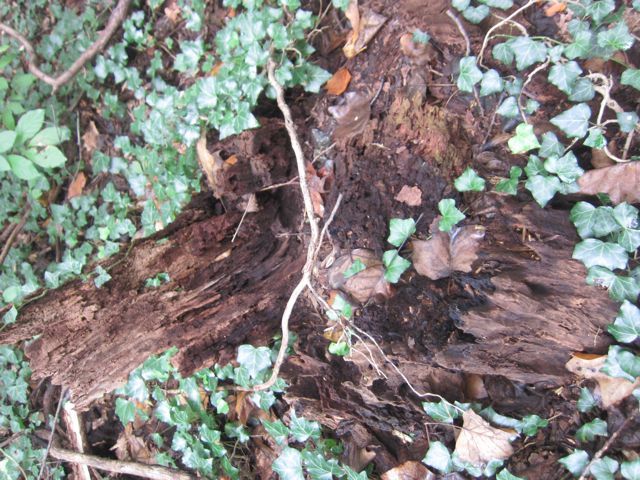
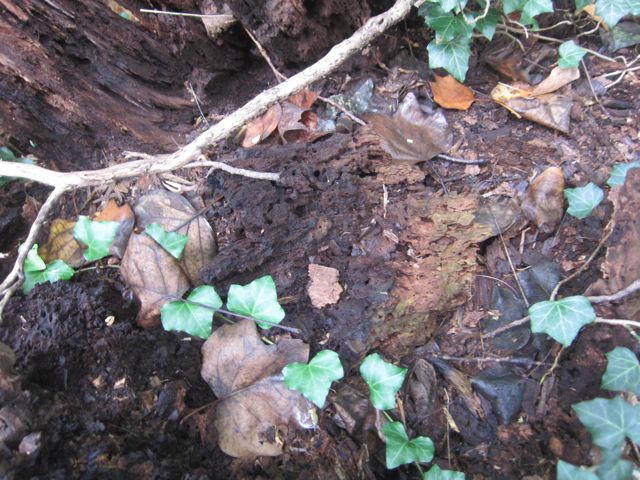
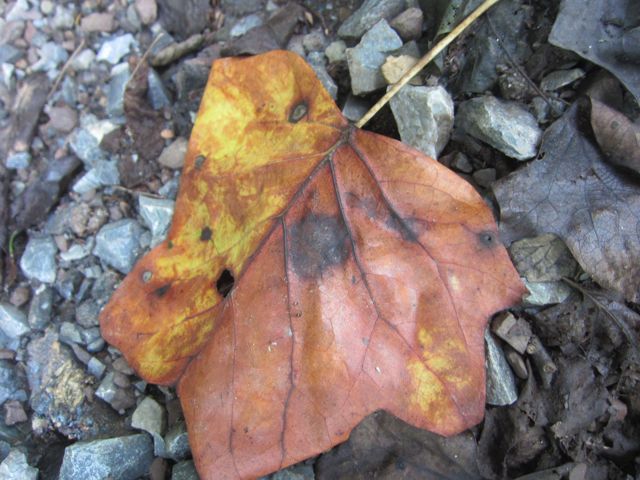
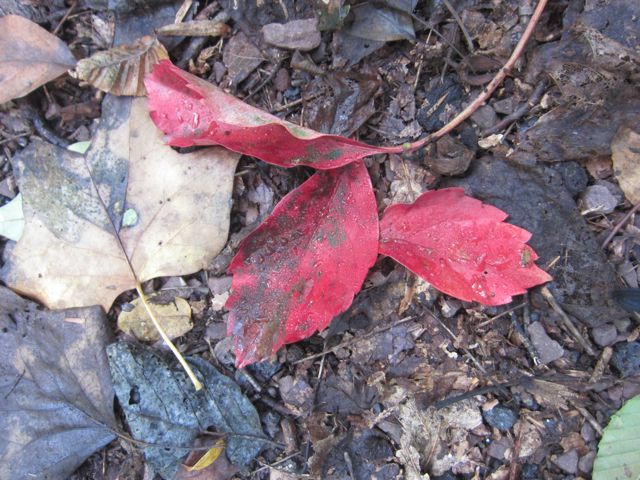
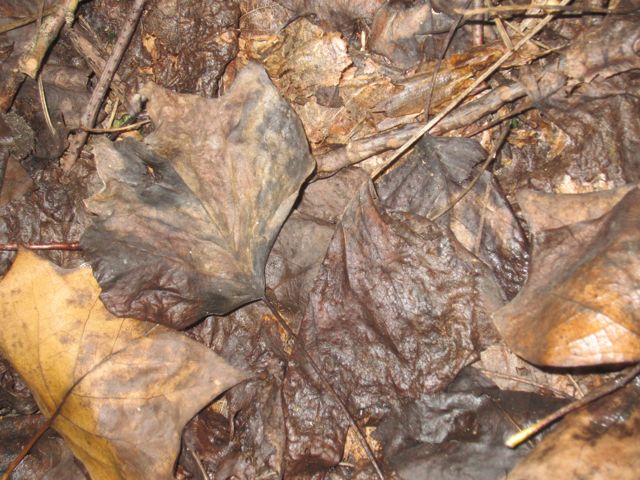
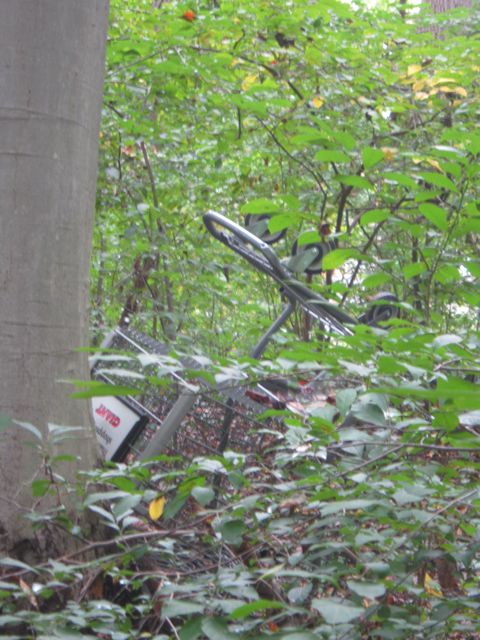



Comments
I just came across this web
I just came across this web page detailing a few of the people buried here as well as the names of some former possble slaves, perhaps you may be interested in taking a look:
http://www.lowermerionhistory.org/burial/harriton/
and now
(from today's field trip) i understand that former house slaves from the Harriton Plantation are buried in this cemetery, each of their plots marked with stones, though not with names (while the slaves who worked in the fields are buried "on the rise" behind Harriton House itself, in graves that have no markings.....)
beauty in decay
I love this! The lichens eating the tombstones, the rotting leaves and fallen logs, the overturned shopping cart. Gives a real feeling of the richness of life and language.